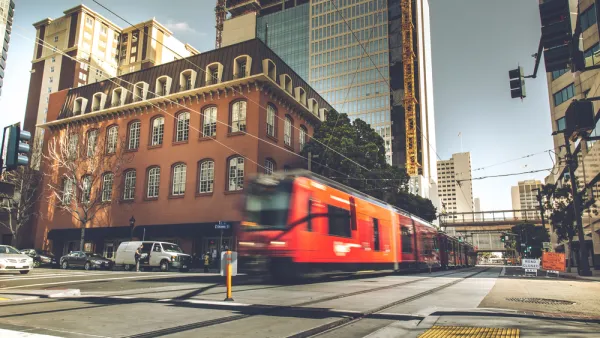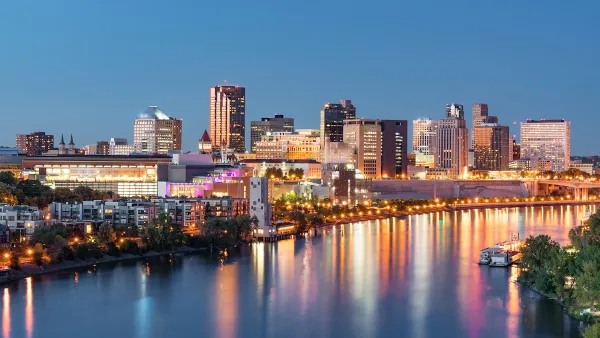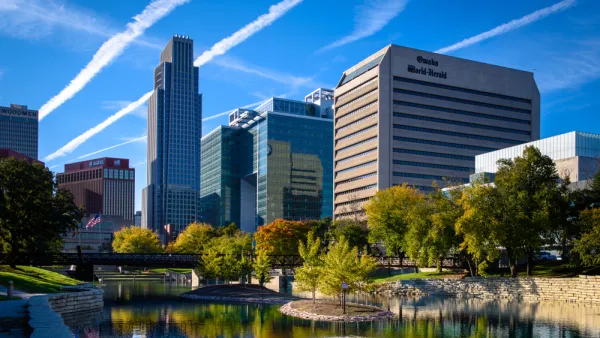A common criticism of streetcars are their relative slow speed combined with high capital and operating costs. Still, streetcars are being constructed in both large in small cities to help incentivize development.
Streetcars run at street-level, therefore, running directly along with the flow of traffic, and even stopping at stoplights. As Mary Newsom of The Naked City describes, many critics of streetcars "seem to be assessing the streetcar's value by whether it's faster than driving...," and as in one Charlotte Observal editorial writes, the streetcar "would operate on regular streets, stopping for red lights and traffic congestion. It wouldn't be faster than a bus. It would merely be a very expensive, but very pretty, bus. What the city is buying is an aesthetic."
Instead, as Newsom argues, is the true success of the streetcar, and why so many cities, big and small, around the U.S. are building high-priced, short-length routes; the streetcar provides a powerful incentive to development. She argues, "lost in that analysis, and in remarks by some that a streetcar is just a toy, is this: Development reacts to streetcars very differently from the way it reacts to bus routes." So even while the streetcar may not effectively increase speeds for those who switch to it over driving or using the bus, the gains from new development outweigh the transportation issues the streetcar fails to solve.
But yet, is it still worth it? Newsom cites, indeed, the millions of dollars cities and counties spend in other development incentives, such as building sports stadiums. What types of investments, as well as what kinds of funding mechanisms for such large projects, will certainly need to be the source for more research in the future.
FULL STORY: Is a streetcar speedy? And other red herrings

Analysis: Cybertruck Fatality Rate Far Exceeds That of Ford Pinto
The Tesla Cybertruck was recalled seven times last year.

National Parks Layoffs Will Cause Communities to Lose Billions
Thousands of essential park workers were laid off this week, just before the busy spring break season.

Retro-silient?: America’s First “Eco-burb,” The Woodlands Turns 50
A master-planned community north of Houston offers lessons on green infrastructure and resilient design, but falls short of its founder’s lofty affordability and walkability goals.

Test News Post 1
This is a summary

Analysis: Cybertruck Fatality Rate Far Exceeds That of Ford Pinto
The Tesla Cybertruck was recalled seven times last year.

Test News Headline 46
Test for the image on the front page.
Urban Design for Planners 1: Software Tools
This six-course series explores essential urban design concepts using open source software and equips planners with the tools they need to participate fully in the urban design process.
Planning for Universal Design
Learn the tools for implementing Universal Design in planning regulations.
EMC Planning Group, Inc.
Planetizen
Planetizen
Mpact (formerly Rail~Volution)
Great Falls Development Authority, Inc.
HUDs Office of Policy Development and Research
NYU Wagner Graduate School of Public Service




























